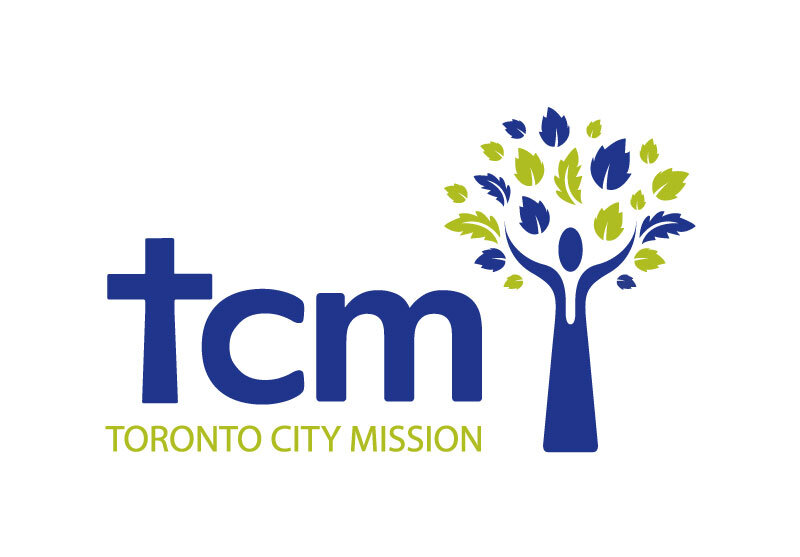Poor houses were a reality in Ontario history. For some, poverty was inescapable. Crops failed. People starved. On farms and in cities, as the province slowly started to become industrialized, many couldn’t work because they were sick, injured or old. While Toronto City Mission primarily reached out to the poor who just needed a helping hand, poor houses were meant for the absolute destitute, the homeless and the elderly. In exchange for their labour, they were provided with basic necessities like accommodation, clothing, and food – much of it grown themselves.
TCM also had a hand in visiting the people who inhabited these poor houses, offering spiritual guidance by sharing the truths of the gospel. Despite their surroundings, the lives of these people could be transformed so that they could rise above their circumstances and have hope for the future.
One of the first poor houses was established in Wellington County in 1877 as the Wellington County’s House of Refuge. In 1890, the province of Ontario passed the Houses of Refuge Act, which provided county governments with grants of up to $4,000 to purchase at least 45 acres of land and construct a suitable building. By 1903, new legislation required every county in Ontario to have a house of refuge.
Although conditions in poor houses were not ideal and perhaps perpetuated the cycles of dependency, it was a step forward in the evolution of social policy. Other social programs aimed at reducing poverty, and dependence on the poor house followed, including a children’s aid society and early forms of worker’s compensations, legislation to improve workplace safety, and later on, universal health care.
What does God think about the poor? In Isaiah 58:6 -11, God tells us of how we should respond to those in need:
"Is not the fast which I choose, to loosen the bonds of wickedness, to undo the bands of the yoke, and to let the oppressed go free? Is it not to divide your bread with the hungry, and bring the homeless poor into the house; when you see the naked, to cover him... and if you give yourself to the hungry and satisfy the desire of the afflicted, then your light will rise in darkness and your gloom will become like midday."
This is God's attitude to those in need, and it should be ours too. While TCM no longer works in relief, we understand that the best way out of the cycle of poverty is through preventative and transformative work through God's power.








